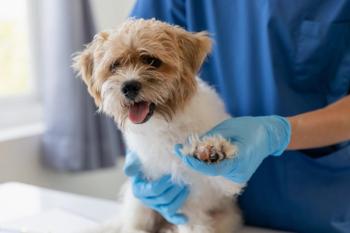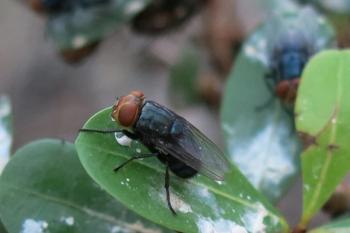
New lab to test safety of racetrack surfaces
Orono, Maine -- A laboratory that will test various racetrack surfaces and possible effect on the safety of horses will begin operation soon, financed by a consortium of racing interests.
Orono, Maine
-- A laboratory that will test various racetrack surfaces, their maintenance and possible effect on the safety of horses will begin operation soon, financed by a consortium of racing interests.
The laboratory in Orono, Maine, will be headed by Dr. C. Wayne McIlwraith, professor of surgery and director of the Orthopaedic Research Center at Colorado State University's College of Veterinary Medicine and Biomedical Sciences, and Dr. Mick Peterson, a professor of mechanical engineering at the University of Maine. Both already conduct ongoing studies of track surfaces and their impact on the number and severity of injuries to racehorses.
A ground-penetrating radar and a biomechanical hoof tester developed by Peterson, which simulates a hoof's interaction with track surfaces, will create baseline data to be studied along with various surface materials, monitored in varying weather conditions. The goal is to determine what types of surfaces and maintenance lead to the best safety conditions.
"This is the culmination of an eight-year program that Mick and I have been working on to try and achieve racetrack consistency and objective parameters for optimal safety," McIlwraith says. "The testing lab will be working along with the hoof tester and radar data to validate a racetrack as best we can. As an equine surgeon and orthopedic researcher, I am excited with this initiative, as it is a critical part of racehorse welfare."
The National Thoroughbred Racing Association (NTRA) Charities, New York Racing Association, Oak Tree Racing Association, the Jockey Club and Churchill Downs each pledged $25,000 in start-up funds for the laboratory's first year of operation and a similar amount for 2010. Most of the initial funds will be used to purchase equipment, Peterson said, adding that the facility already has agreed to conduct research for six racetracks. It is ready to start work as soon as incorporation papers are filed.
The laboratory is the first of its kind, performing extensive tests in a controlled environment, even though several racetracks do contract with other labs to test surfaces. It is expected that eventually the laboratory will generate enough testing fees to sustain itself.
The facility stems from recommendations made at the Welfare and Safety of the Racehorse summit meetings in October 2006 and March 2006, sponsored by the Jockey Club and the Grayson-Jockey Club Research Foundation.
Newsletter
From exam room tips to practice management insights, get trusted veterinary news delivered straight to your inbox—subscribe to dvm360.






